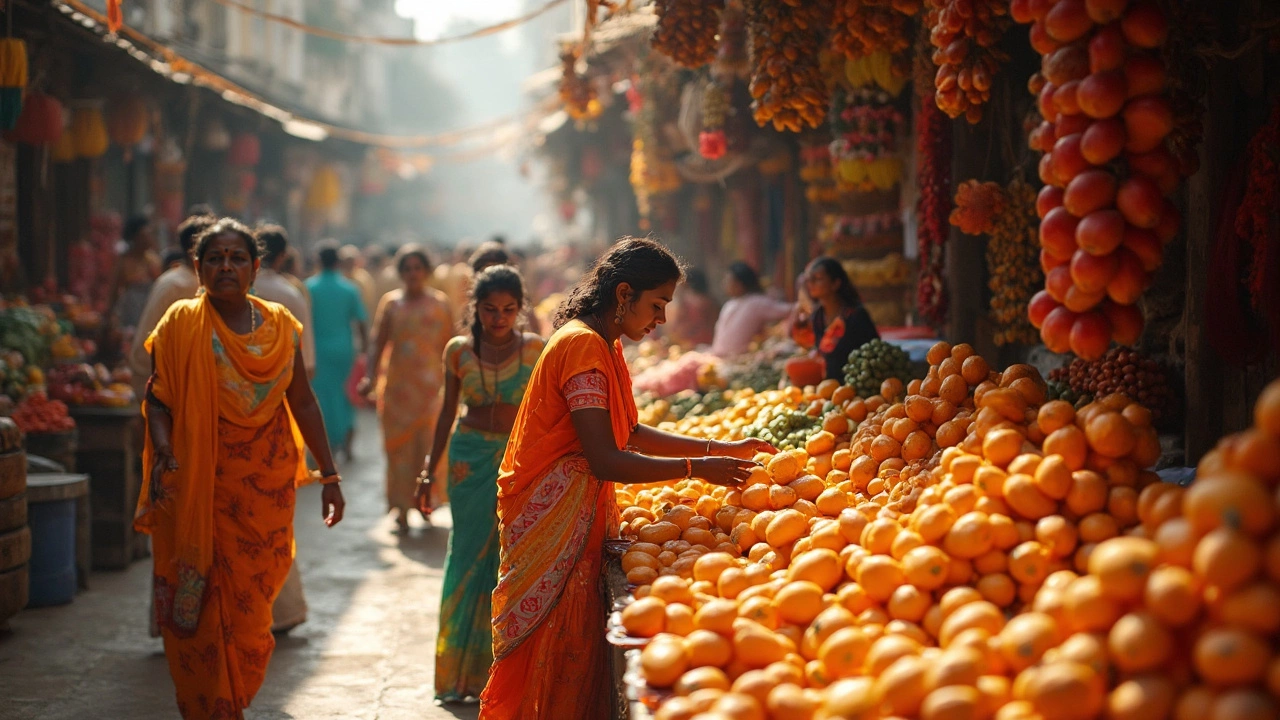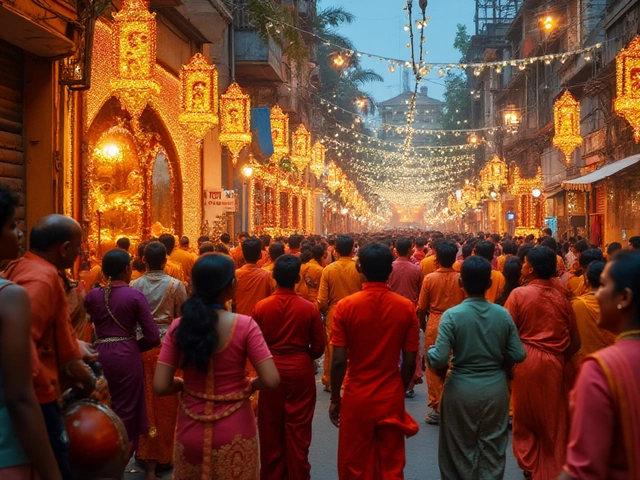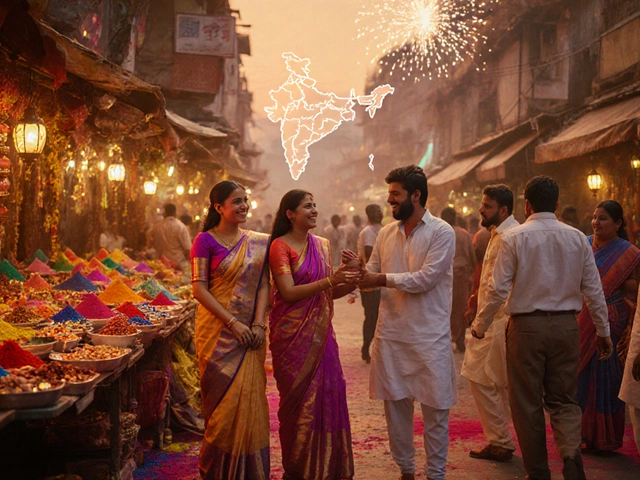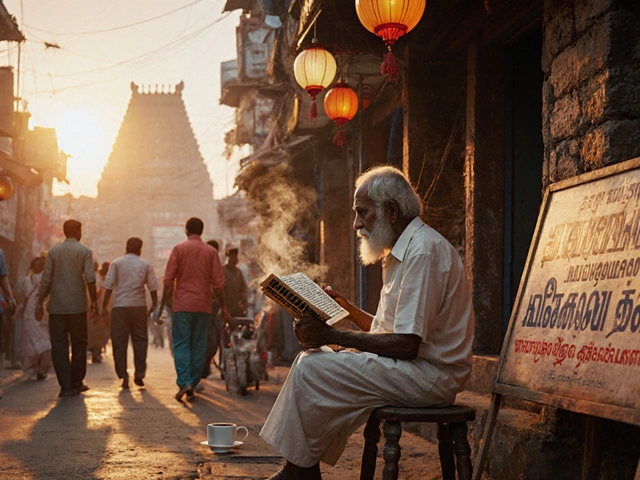Mango: India's Sweetest Cultural Symbol and Everyday Treasure
When you think of mango, a tropical fruit deeply woven into India’s daily life, seasonal rhythms, and culinary traditions. Also known as the king of fruits, it’s not just eaten—it’s celebrated, painted, sung about, and even used in rituals across the country. You won’t find a single Indian household that doesn’t have a story tied to mangoes—whether it’s the first bite of summer, the sticky fingers after eating a ripe Alphonso, or the jar of aam papad sitting on the kitchen shelf waiting for monsoon rains.
Mangoes don’t just grow in India—they grow with India. From the cool hills of Himachal to the humid coasts of Kerala, over 1,000 varieties thrive here, each with its own flavor, texture, and regional name. The Langda from Uttar Pradesh, the Totapuri from Tamil Nadu, the Chausa from Bihar, the Himsagar from West Bengal—these aren’t just names on a fruit stall. They’re local pride, passed down through generations. Farmers know which tree gives the sweetest pulp, which one stays firm for pickling, and which one only ripens after a specific monsoon pattern. This isn’t agriculture—it’s inherited knowledge.
And it’s not just food. Mango leaves hang above doorways during weddings. Mango motifs appear on handwoven textiles from Odisha and Gujarat. Artists paint them on Pithora murals and temple walls. Even in old folk songs, the mango tree is a symbol of love, fertility, and home. When you see a mango in an Indian painting or hear it mentioned in a classical raga, it’s not just a fruit—it’s a cultural code.
What makes this fruit so powerful? It’s the way it ties together seasons, regions, and generations. A child in Delhi eats a raw mango with salt and chili. An elder in Maharashtra makes aamras from the same tree. A street vendor in Kolkata sells aam panna to cool down the heat. And when the season ends, everyone waits—not just for the next harvest, but for the feeling it brings back.
Below, you’ll find articles that explore how mangoes shape Indian life—not just as food, but as memory, art, and identity. From the science of ripening to the stories behind the most loved varieties, these pieces show why this fruit is never just a fruit in India.





